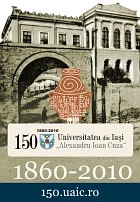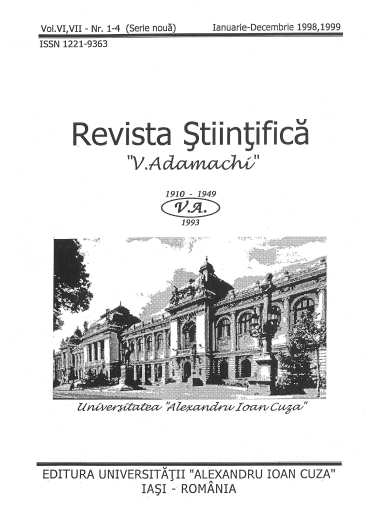| Abstract: Magnetism in human cells, tissues, living organisms, animals and the human being can be a very exciting subject for students regardless of age or school performance. It is known or in scientific media often discussing magnetism in living organisms, from bacteria to vertebrates. The magnetic field and cells with "magnetic properties" can explain the ability to orient, navigate and survive organisms. With pupils in extracurricular activities (club activities, trips, individual projects, thematic school trips, etc.), the behavioural responses induced by the terrestrial magnetic field in living organisms can be discussed. Activities can seek and find explanations for observing that many animal groups, including birds and cetaceans, react to magnetic anomalies of the terrestrial magnetic field (below 100 nT), which implies the ability to receive variations sometimes at the limit of the improved magnetometers. Explanations can excite children's interest in deepening the knowledge of electromagnetism, useful in everyday life. In the case of simple bacteria the explanation becomes very intuitive for students using "nano crystals of magnetite” passively rotate the cells of the microorganisms as a simple compass. Explanations may be more elaborate and require students to understand transdisciplinary concepts.
The implementation of such activities has shown that students can acquire correct representations of concepts such as: "biogenic magnetite, mineralization of magnetite by animals, magnetoreceptor, electroreceptor, magnetotactic bacteria, magnetic clusters, magnetic dipoles, relaxation of dipoles, etc. Difficult to introduce through simple activities such as a knowledge transfer lesson these concepts can be introduced in extracurricular activities. Students' interest in such subjects revealed through instructive activities with transdisciplinary approaches is impressive and can be exploited to increase student motivation for in-depth studies of science and engineering. |



